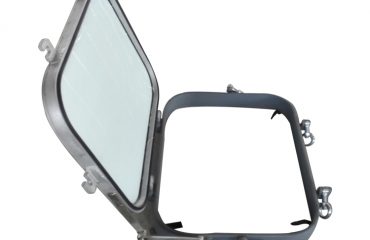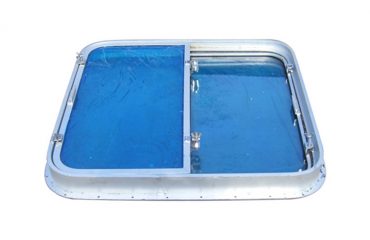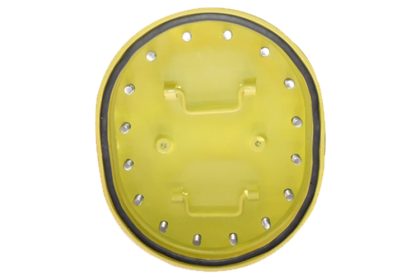
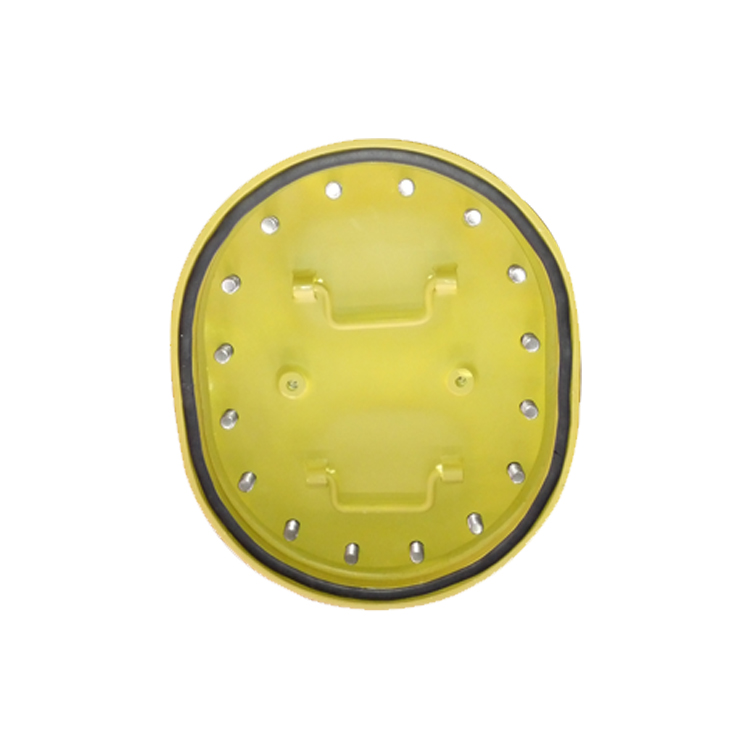
Ship manhole covers are critical components of a vessel’s structure, serving as secure access points to enclosed spaces like cargo holds, fuel tanks, and engine rooms. Unlike generic industrial covers, they are engineered to withstand the harsh marine environment—resisting saltwater corrosion, extreme pressure, and heavy impacts—while ensuring safety for crew and protecting the ship’s internal systems from water intrusion.
One of the primary roles of ship manhole covers is maintaining watertight integrity. Most are designed with rubber or neoprene gaskets that create a tight seal when closed, preventing seawater, rain, or spray from entering below-deck spaces. This is especially vital for cargo holds carrying sensitive goods (like electronics or food) and fuel tanks, where water contamination could cause equipment failure or fuel degradation. For areas exposed to high pressure—such as the hull’s lower compartments—heavy-duty manhole covers with bolted or clamped closures add extra security, ensuring the seal holds even in rough seas.
Ship manhole covers also vary by type to suit different on board needs. Round covers are the most common, as their shape distributes pressure evenly and prevents them from falling into the opening—a key safety feature. Square or rectangular covers, meanwhile, are used for larger access points (like engine room hatches), often paired with hinges for easier lifting. Some specialized covers, such as those for sewage tanks or chemical storage areas, include airtight seals to contain odors or hazardous fumes, protecting crew health and preventing environmental leaks. For quick-access areas (like small maintenance hatches), lightweight aluminum covers are preferred, as they are easy for crew to handle without compromising durability.
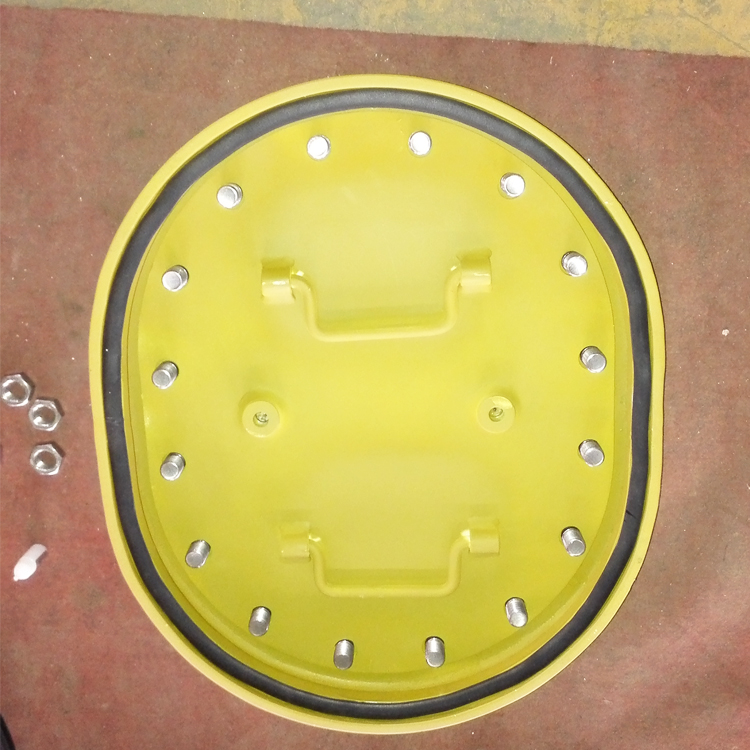
Maintenance is essential to keep ship manhole covers functioning properly, as worn components can lead to costly leaks or safety risks. Regular inspections should focus on the gasket—checking for cracks, hardening, or signs of wear, as a damaged gasket is the most common cause of leaks. Gaskets should be replaced annually (or sooner if damage is found) with marine-grade materials that resist saltwater and temperature fluctuations. The cover’s locking mechanism (bolts, clamps, or latches) also needs attention; bolts should be cleaned and lubricated with corrosion-resistant oil to prevent seizing, and clamps should be checked for tightness to ensure the seal remains secure. Additionally, the cover’s surface should be rinsed with fresh water after each voyage to remove salt residue, which can corrode metal components over time.
Safety is another key consideration when using ship manhole covers. Crew members must follow proper procedures when opening covers: ensuring the enclosed space is ventilated first (to avoid toxic fume buildup), using lifting tools (like pry bars or handles) to prevent injury, and securing the cover in an open position (with safety chains or props) to keep it from closing accidentally. When closing, the cover must be aligned correctly and the locking mechanism fully engaged—even a partially closed cover can allow water intrusion or create a tripping hazard on deck.
In summary, ship manhole covers are far more than simple access panels—they are vital to a vessel’s safety, integrity, and operational efficiency. By understanding their types, prioritizing regular maintenance, and following safe usage practices, ship operators can prevent leaks, protect crew and cargo, and extend the lifespan of these essential components. Whether for a small fishing boat or a large cargo ship, well-maintained manhole covers play a critical role in smooth and safe maritime operations.




